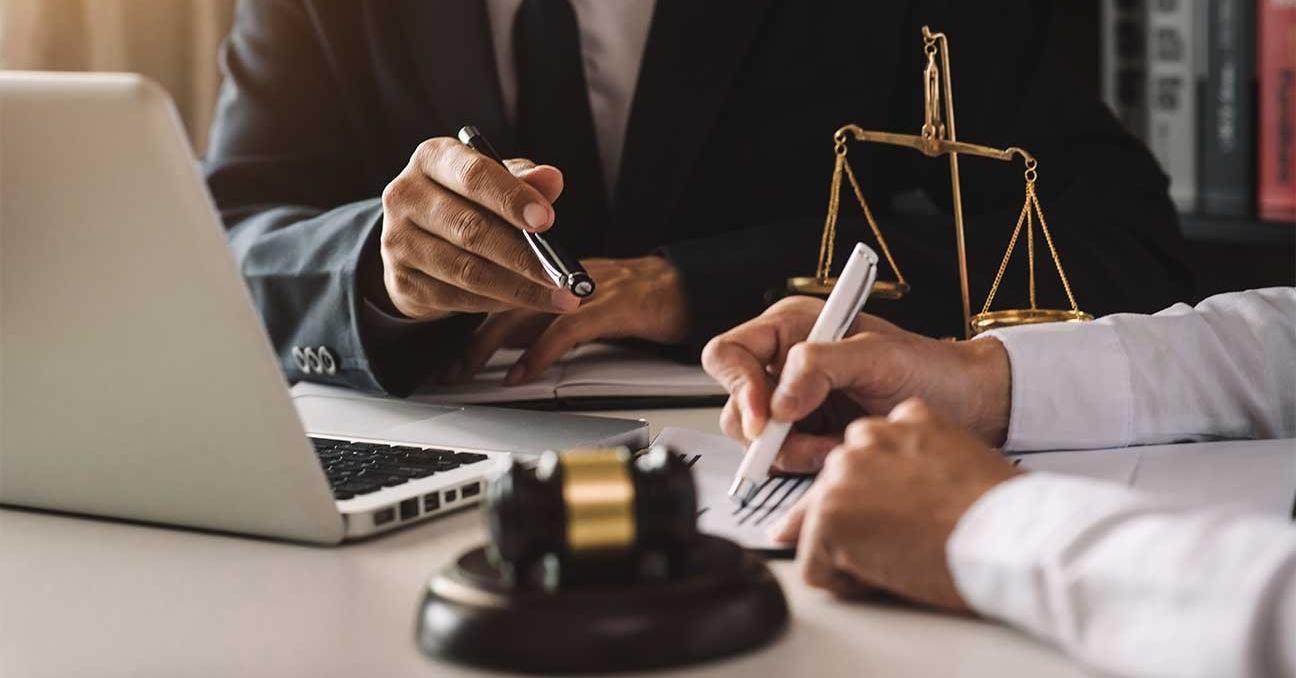Navigating through the legal intricacies of a personal injury claim can be daunting, especially if you’re unfamiliar with the specific laws and procedures in your state. In New Mexico, understanding the steps involved in filing a personal injury claim is crucial for ensuring that you receive fair compensation for your injuries. This guide aims to provide you with a comprehensive overview of the process, from the initial incident to potential trial proceedings.
Understanding Personal Injury Laws in New Mexico
Personal injury laws in New Mexico define the legal recourse available to individuals who have suffered harm due to the negligence or intentional actions of another party. It’s essential to be aware of the following key aspects:
- Definition of personal injury: In New Mexico, personal injury encompasses a wide range of accidents and incidents, including car accidents, slip and falls, medical malpractice, and more.
- Statute of limitations: New Mexico has a statute of limitations that restricts the time frame within which you can file a personal injury claim. It’s crucial to adhere to these deadlines to preserve your right to compensation.
- Comparative fault laws: New Mexico follows a comparative fault system, which means that even if you were partially at fault for the accident, you may still be entitled to recover damages. However, your compensation may be reduced proportionally to your degree of fault.
- Types of compensatory damages: Victims of personal injury in New Mexico may seek various types of compensatory damages, including medical expenses, lost wages, pain and suffering, and property damage.
Steps to File a Personal Injury Claim in New Mexico
- Seek Medical Attention: Your health and well-being should be your top priority following an accident. Seek medical attention immediately, even if your injuries seem minor. Document all medical treatments and keep records of your expenses.
- Report the Incident: Contact law enforcement to report the incident and ensure that an official report is filed. This documentation can be crucial evidence in your personal injury claim.
- Preserve Evidence: Collect and preserve evidence from the accident scene, including photographs, witness statements, and any relevant documentation. This evidence can help establish liability and strengthen your claim.
- Notify Insurance Companies: Notify your insurance company about the accident as soon as possible. Be cautious when dealing with the at-fault party’s insurance company and avoid providing any statements or signing documents without consulting a personal injury attorney.
- Consultation with a Personal Injury Attorney: It’s advisable to consult with a qualified personal injury attorney in Albuquerque who can assess your case and provide guidance on the best course of action. Most personal injury attorneys offer free initial consultations.
- Filing a Lawsuit: If settlement negotiations fail to yield a satisfactory outcome, your attorney may recommend filing a lawsuit. This initiates the formal legal process and allows for further investigation and discovery.
- Discovery Phase: During the discovery phase, both parties exchange information and evidence relevant to the case. Depositions and interrogatories may be conducted to gather additional information.
- Settlement Negotiations: Throughout the legal proceedings, settlement negotiations may occur between the parties involved. Your attorney will advocate on your behalf to secure a fair settlement that adequately compensates you for your injuries.
- Trial, if Necessary: If a settlement cannot be reached, the case may proceed to trial. Your attorney will present evidence and arguments in court, and a judge or jury will determine the outcome of the case.
- Appeal Process, if Applicable: If you disagree with the court’s decision, you may have the option to file an appeal. Grounds for appeal typically involve errors in the legal process or the introduction of new evidence.
Filing a personal injury claim in New Mexico requires careful attention to detail and a thorough understanding of the legal process. By following the steps outlined in this guide and seeking guidance from a knowledgeable attorney, you can navigate the complexities of the legal system with confidence and pursue the compensation you deserve for your injuries. Remember, time is of the essence, so don’t hesitate to take action if you’ve been injured due to someone else’s negligence.

